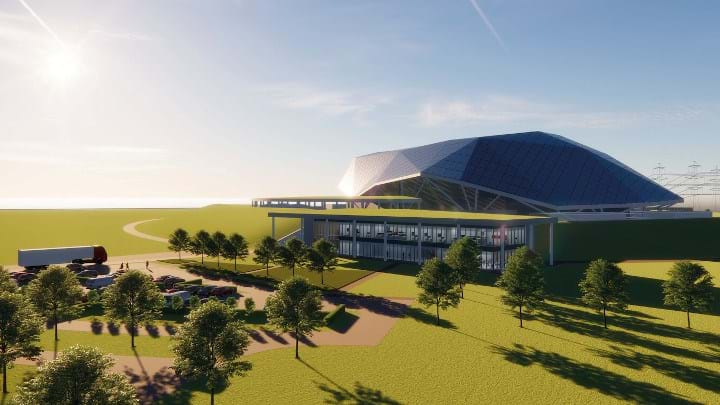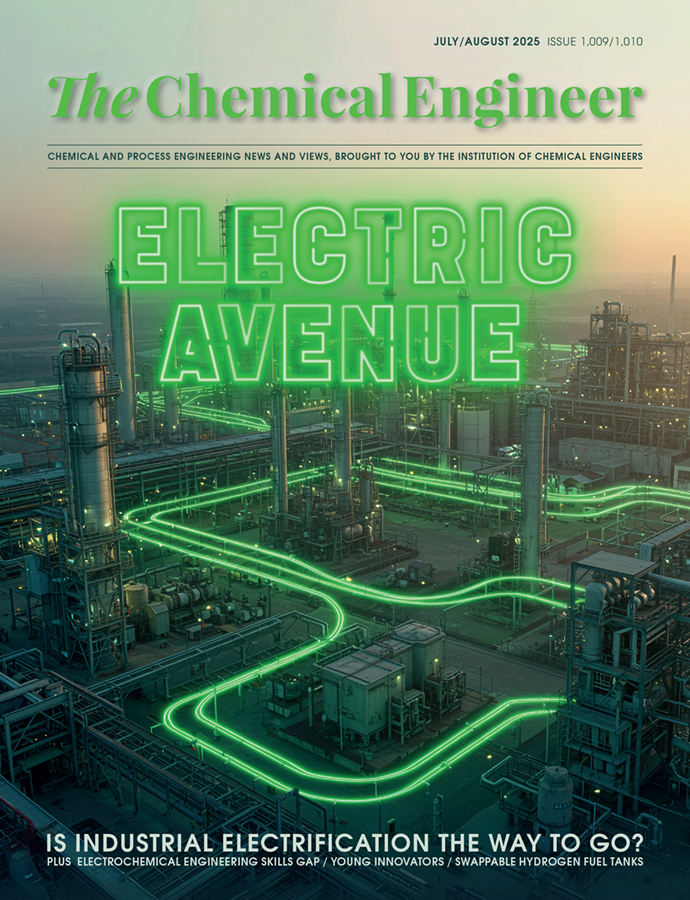Rolls-Royce SMRs to be built in north Wales, generating 1.4 GW for UK electricity grid

THE UK’s first small modular reactors (SMRs) are set to be built at Wylfa in north Wales, with a planned generating capacity of 1.4 GW for the national grid.
Sir Keir Starmer’s announcement this morning means the Anglesey (Ynys Môn) site will generate nuclear power for the first time since the original station closed in 2015 after 46 years of operation. Wylfa was chosen by the government ahead of Oldbury in Gloucestershire – also a former nuclear power station.
The three new reactors will each generate 470 MW for the national grid, although the government says the SMRs could ultimately be used to power a new “north Wales AI growth zone”. The government estimates that energy from the three reactors will generate enough electricity to power around 3m homes.
The reactors were designed by Rolls-Royce SMR – a company majority owned by the British defence contractor, with minority stakes held by the Qatari sovereign wealth fund, US energy company Constellation, Czech utility ČEZ, and investment fund BNF Capital. Construction, led by state-owned GB Energy – Nuclear (GBE-N), is scheduled to begin in 2026.
The design is already being built in Czechia, although the Office for Nuclear Regulation’s (ONR) assessment of the reactor design is not expected to conclude until December 2026. The government aims for the first power to reach the national grid by the mid-2030s.
The SMRs will use pressurised water reactors, which the ONR considers “well-established” technology for generating nuclear power. In a report last year, the ONR said “innovation comes in the form of its modular approach to construction which would see many components built in factory conditions and assembled on site”.
The ONR highlighted the design’s “modular kit of parts” (MKoP) as a particularly novel feature. The approach uses prefabricated structural frames, barriers, and fittings to assemble the housing for the reactor’s mechanical, electrical and plumbing systems.
The reactor core contains 121 fuel assemblies, each containing metallic zirconium alloy rods housing the nuclear fuel – ceramic pellets containing up to 4.95% enriched uranium dioxide. The reactors will be refuelled every 18 months.
Rolls-Royce SMR CEO Chris Cholerton described today’s announcement as a “tremendous opportunity” for the UK, adding that the project will support “a large export programme”, starting in Czechia.
The government expects to confirm where individual components will be manufactured by the end of the year. By that time, GBE-N is also expected to have established a development corporation with Rolls-Royce SMR, following the final signing of a £2.5bn (US$3.3bn) contract announced in June.
The government also says Wylfa could support up to five additional SMRs. While Rolls-Royce’s reactors are not classed as “fourth-generation” technology, as they use water as a coolant, other companies such as Centrica plan to deploy modular reactors cooled by molten salts or gases capable of reaching much higher temperatures.
Tom Greatrex, CEO of the Nuclear Industry Association, said: “Bringing nuclear back to Wylfa is a historic moment for Wales and for the UK’s clean energy future. Wylfa’s revival offers a once-in-a-generation opportunity to deliver clean, reliable power for decades to come, create thousands of skilled jobs, attract major investment and revitalise north Wales’s proud industrial heritage”.
UK chancellor Rachel Reeves said the project will help create opportunities “for the next generation of engineers, technicians and innovators”.
Scorn in the US
This morning’s announcement follows a raft of partnerships between US and UK nuclear companies, including Rolls-Royce SMR, culminating in a bilateral deal between the two countries in September.
However, relations could be complicated by the US’s negative reception to today’s news. Pre-empting the government’s official public announcement, US ambassador to the UK Warren Stephens said he was “extremely disappointed” by the decision, saying he believed the UK should have instead selected “a different path”.
The frustration follows an US$80bn deal signed a US$80bn deal with US-based Westinghouse, which had submitted plans to build larger modular reactors at Wylfa. Under the deal, the US government could have taken a stake in the company.
Recent Editions
Catch up on the latest news, views and jobs from The Chemical Engineer. Below are the four latest issues. View a wider selection of the archive from within the Magazine section of this site.




